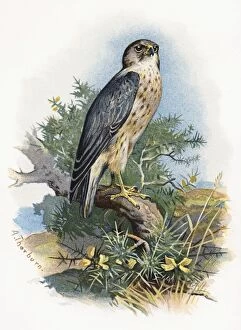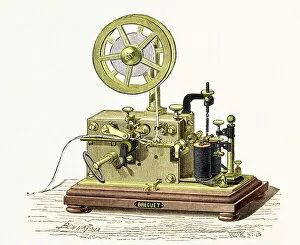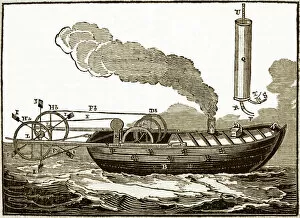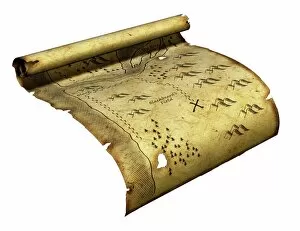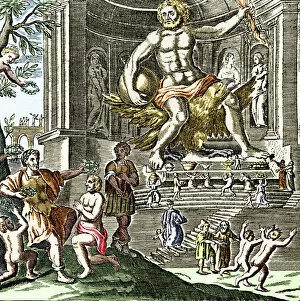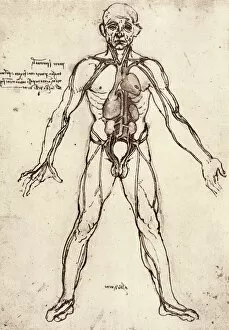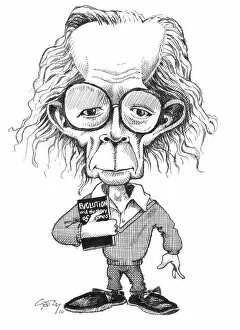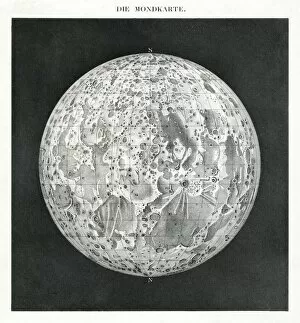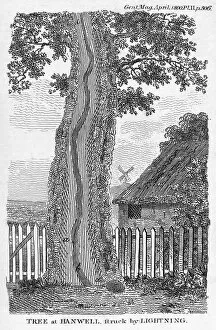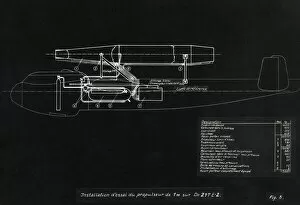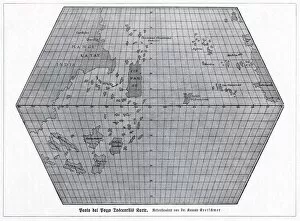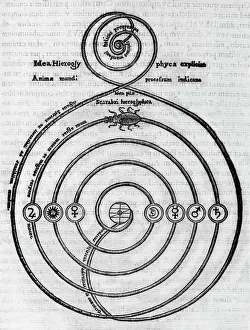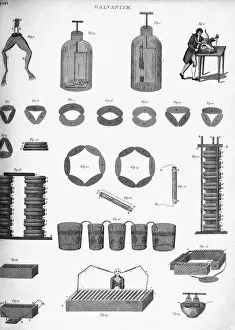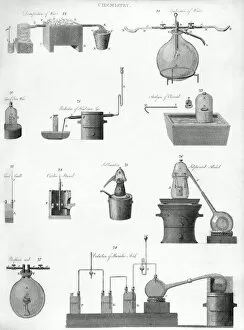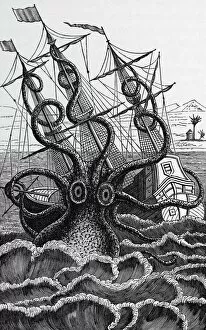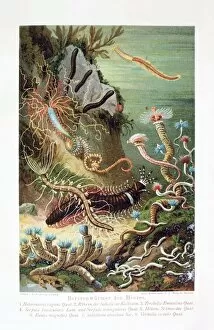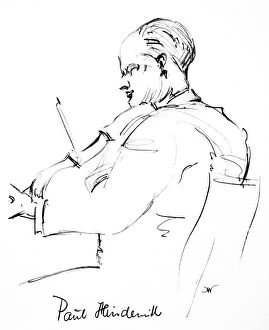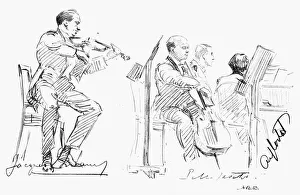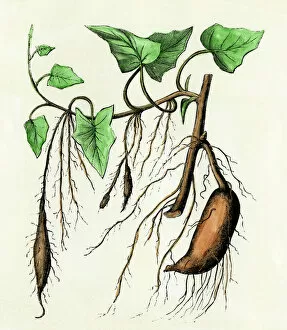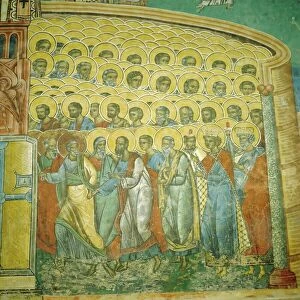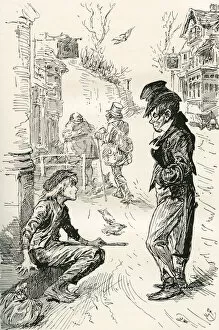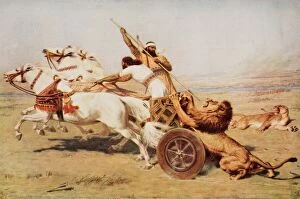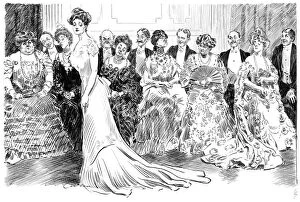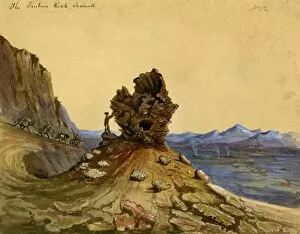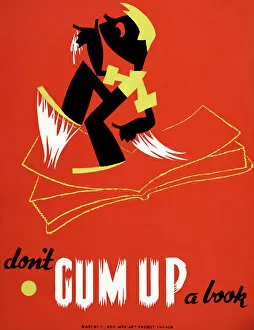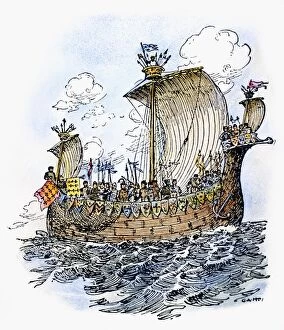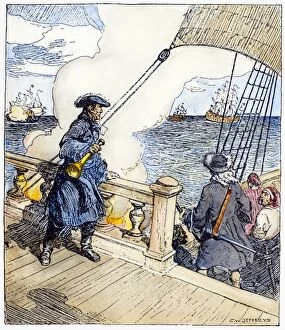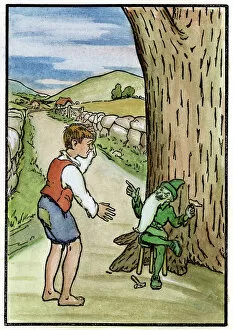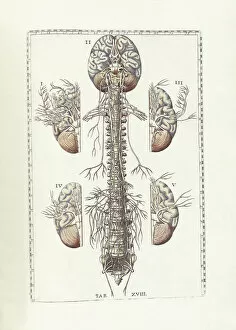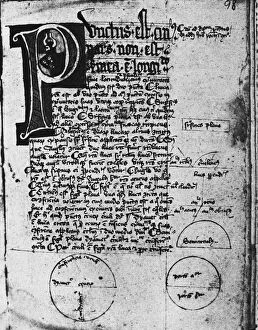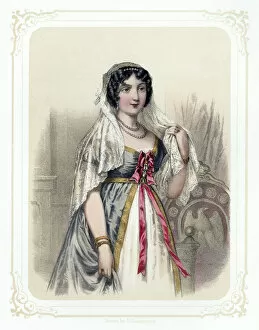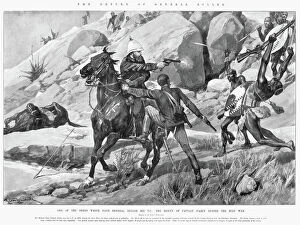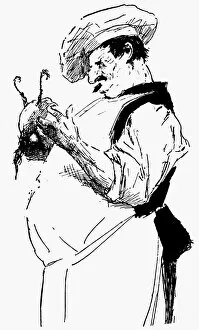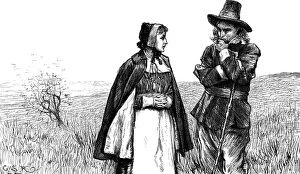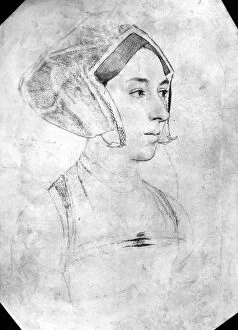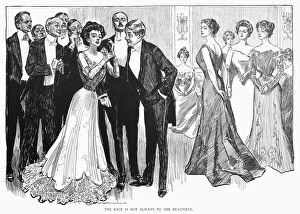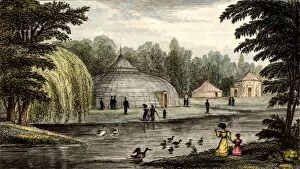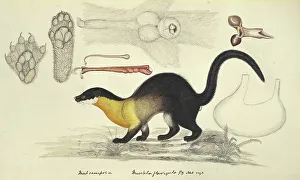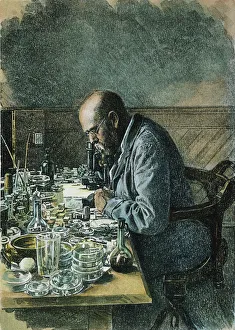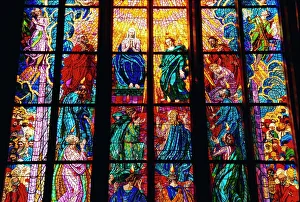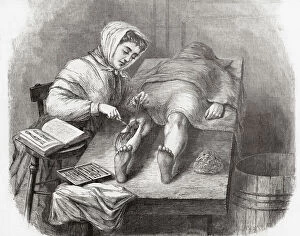Drawing Collection (page 6)
Drawing is a timeless art form that has captivated humans for centuries
For sale as Licensed Images
Choose your image, Select your licence and Download the media
Drawing is a timeless art form that has captivated humans for centuries. From the intricate frescoes depicting Three Minoan Women in Knossos to the mesmerizing Stone-age cave paintings found in Chauvet, France, it has been a means of expression since ancient times. It transcends cultures and eras, as seen in Albrecht Durer's masterpiece Praying Hands and Leonardo da Vinci's detailed exploration of skull anatomy. Even architectural wonders have been brought to life through drawings, such as Filippo Brunelleschi's cross-section design for the dome of Santa Maria del Fiore Cathedral in Florence. Lodovico Cardi da Cigoli's contemporary interpretation further showcases the power to convey complex structures. But it doesn't stop there; drawings also play a vital role in engineering and industrial design. The meticulously crafted design drawing for the King Class locomotive from 1927 exemplifies how they are essential tools for bringing innovative ideas to life. Beyond human subjects, artists have used their skills to immortalize animals too. Suntop English Setters come alive on paper with every stroke, capturing their grace and beauty effortlessly. Artists throughout history have drawn inspiration from biblical tales like Adam & Eve depicted by BURNE-JONES or even Cuban landscapes found on canvases in Havana. Drawing allows us to explore diverse themes and narratives across time and space. Lastly, we cannot overlook the significance of rock art sites like Obirr Rock in Kakadu National Park where aboriginal paintings date back thousands of years. These ancient drawings provide glimpses into our ancestors' lives while reminding us of our connection with nature. In all its forms - be it historical masterpieces or modern creations - drawing continues to enchant us with its ability to capture emotions, tell stories, and preserve moments forevermore.

